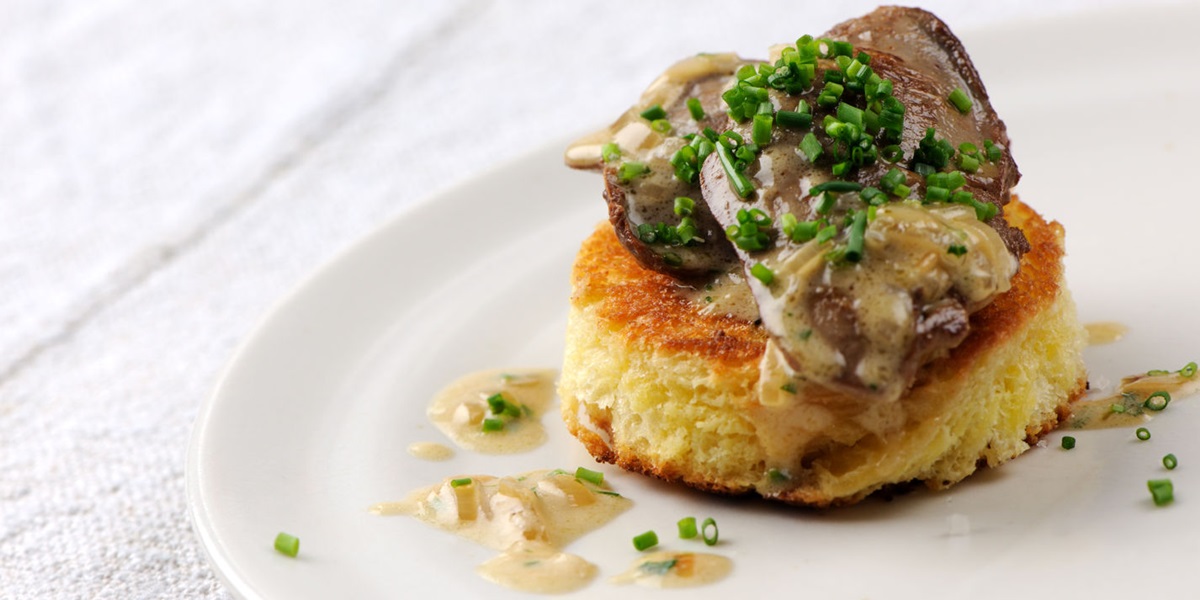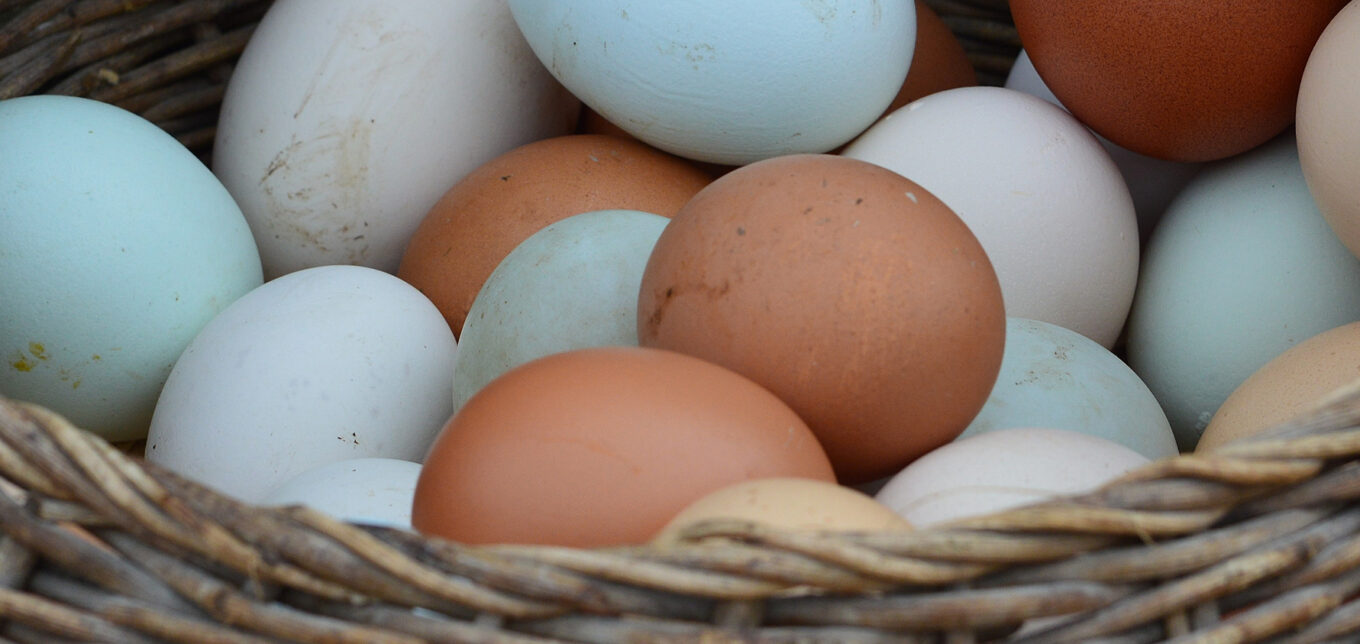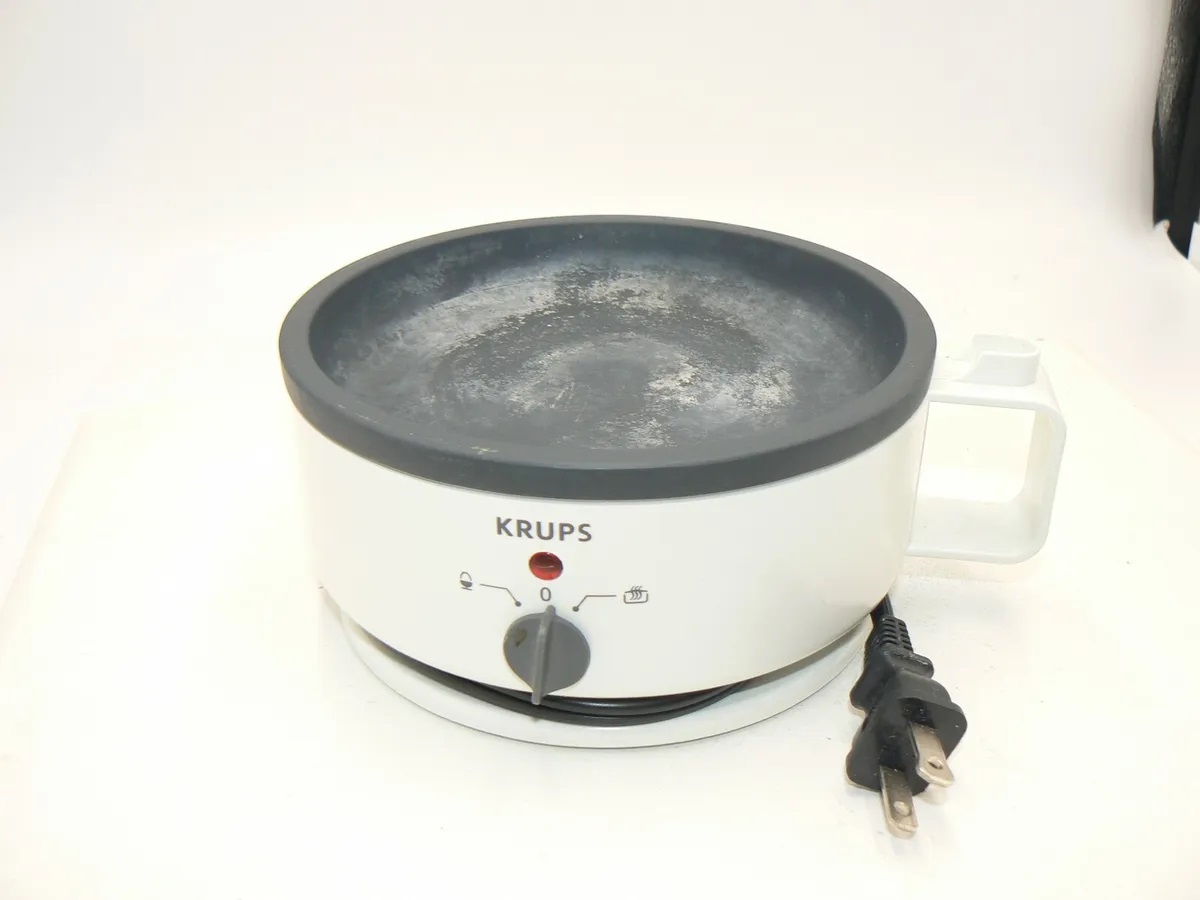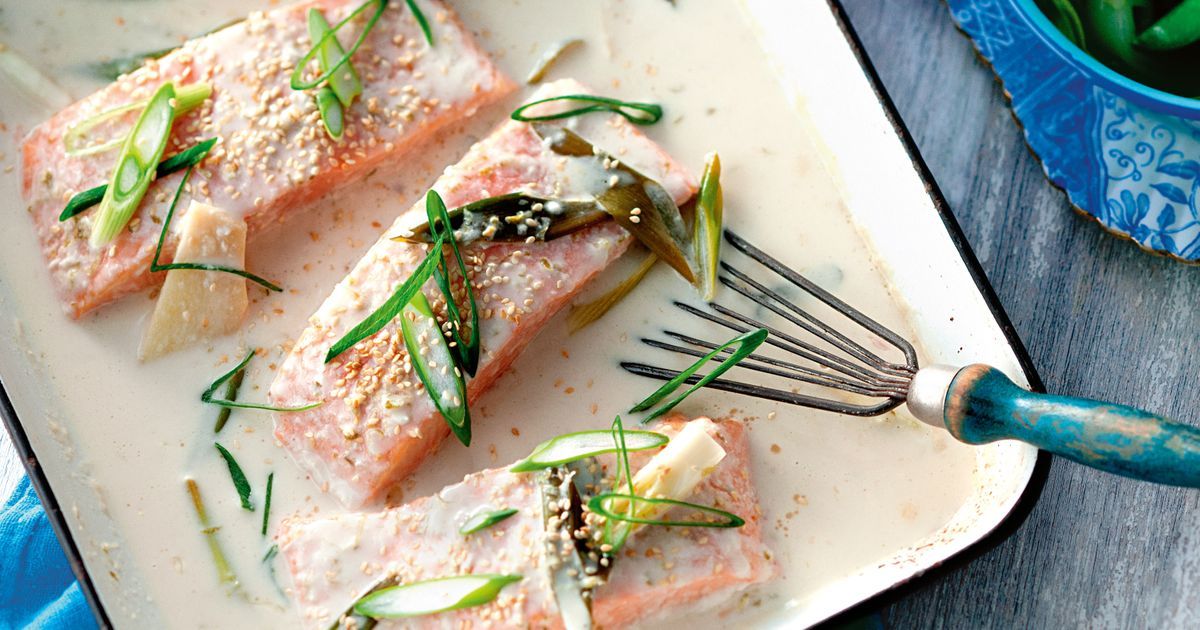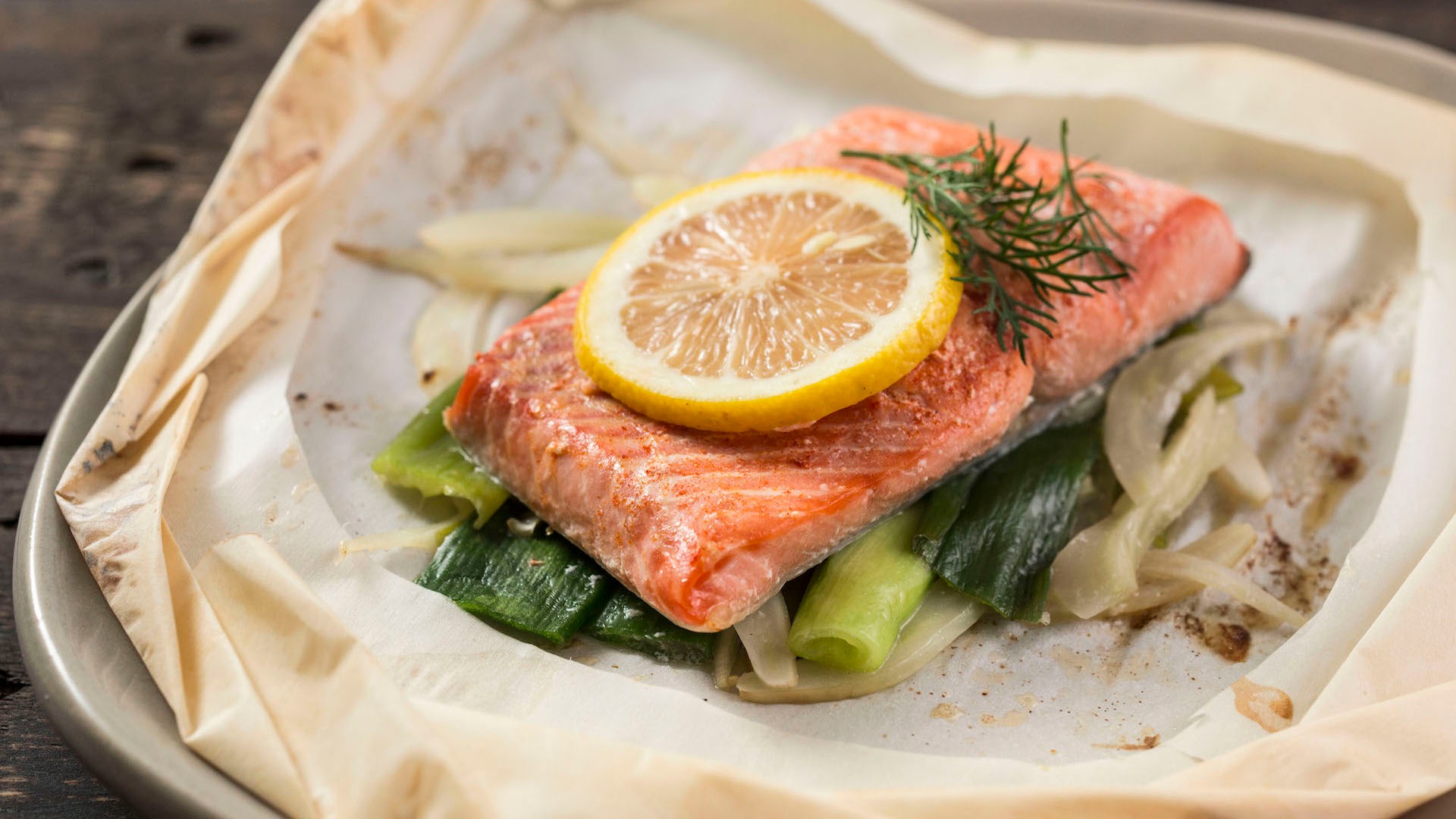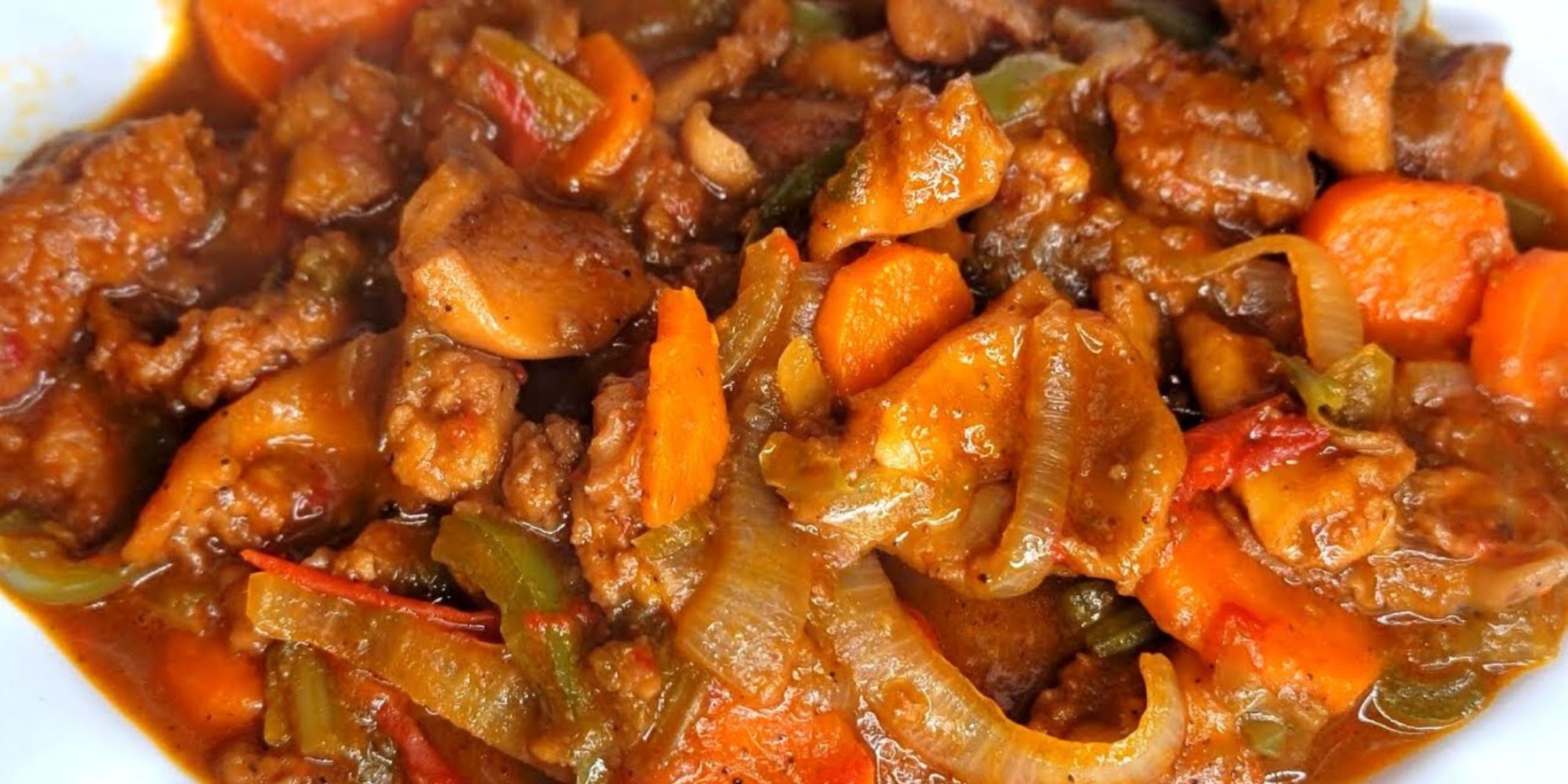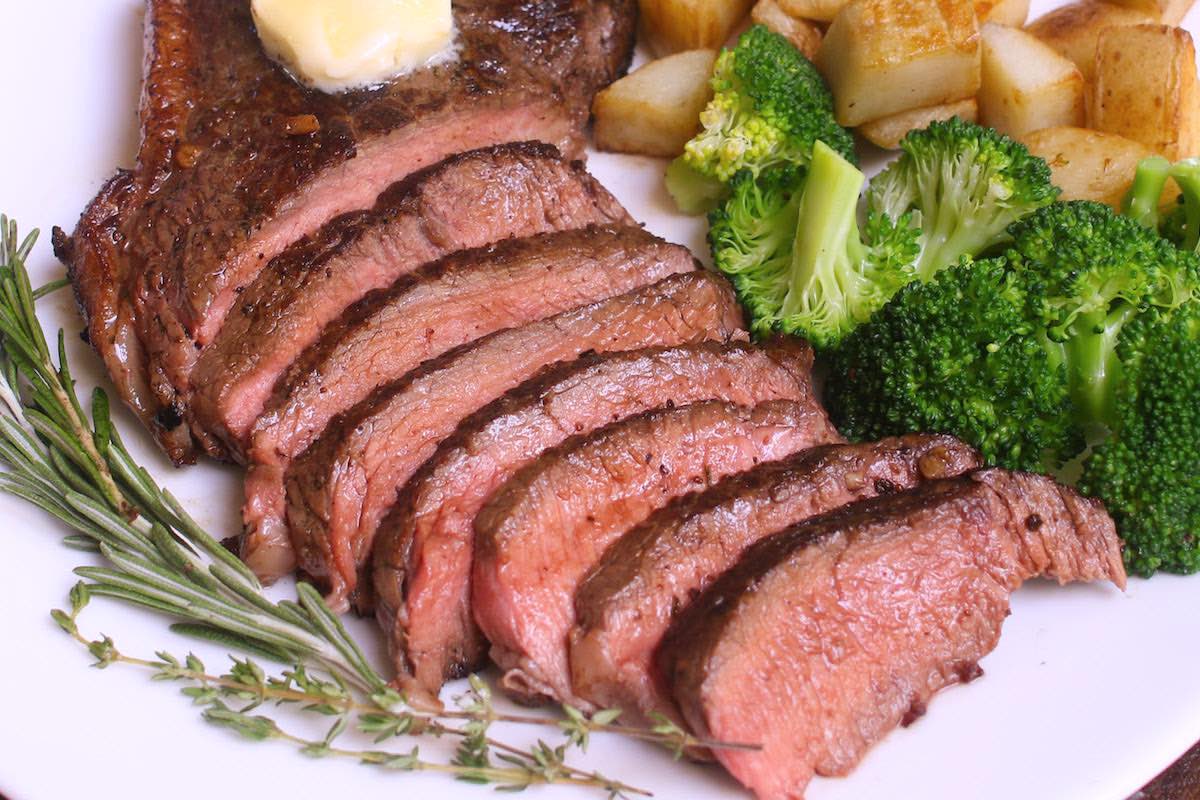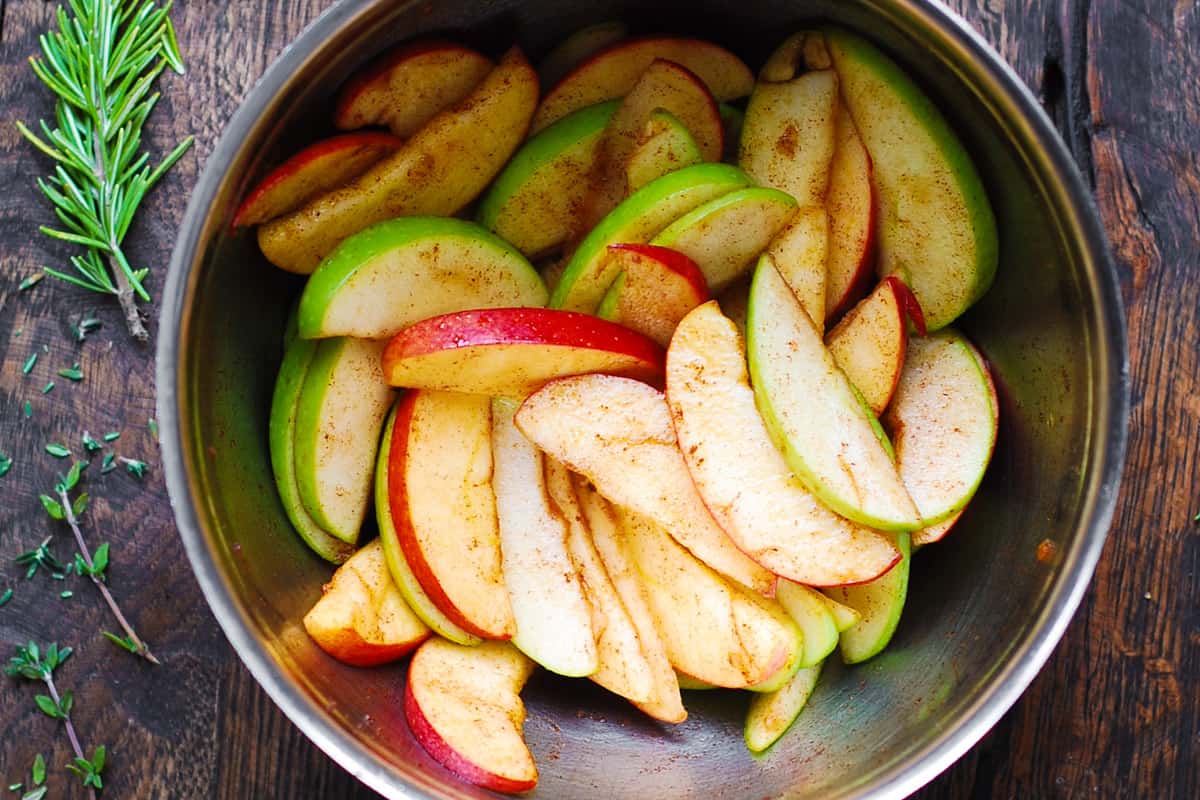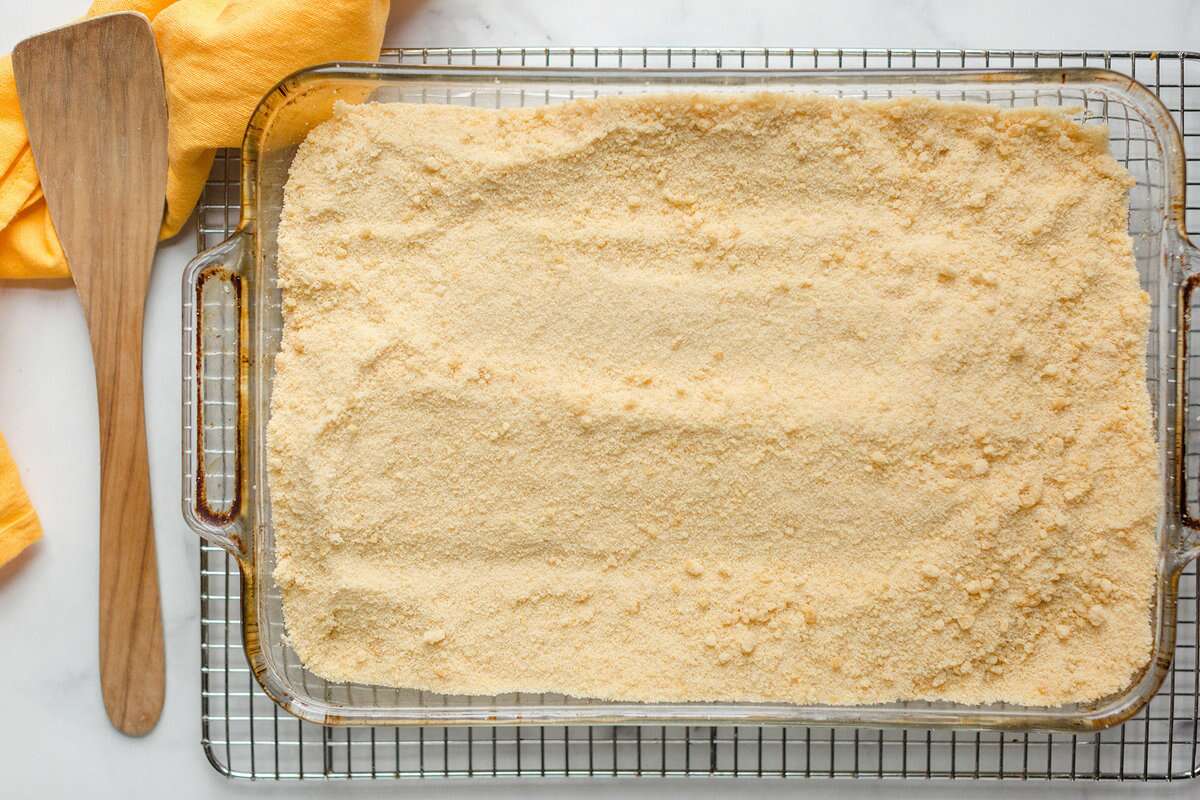Poaching a duck egg is an art that transforms a simple ingredient into a luxurious treat. Unlike chicken eggs, duck eggs have a richer flavor and a creamier texture, making them a sought-after choice for gourmet dishes. Perfecting the poach requires a gentle touch and a bit of know-how. Whether you're aiming to elevate your breakfast game or add sophistication to salads and appetizers, mastering this technique will surely impress. With just water, a dash of vinegar, and a fresh duck egg, you're on your way to creating a delectable masterpiece. Let's dive into the steps to achieve that perfectly poached duck egg.
Essential Ingredients for Poaching a Duck Egg
- Fresh duck eggs
- Water
- White vinegar
- Salt
- Pepper
- Fresh herbs (optional, for garnish)
Necessary Tools for the Perfect Poached Duck Egg
- Saucepan: Medium-sized, for simmering water.
- Slotted Spoon: For gently placing and removing the egg from water.
- Timer: Precision is key, so a reliable timer is essential.
- Bowl: Small, for cracking the egg into before poaching.
- Ramekin or Cup: Optional, as an alternative to the bowl for cracking the egg.
- Whisk or Fork: To create a vortex in the water.
- Paper Towels: For draining the egg post-poaching.
Poaching duck eggs requires gentle heat and patience. Start with cold water, bring to a simmer, then carefully slide in eggs. Cook for about 3 minutes for a runny yolk.
The Art of Poaching Duck Eggs: A Culinary Why-To
Poaching a duck egg is an art that elevates simple ingredients to gourmet status. This technique involves gently simmering eggs in water until they reach a perfect consistency, combining a delicate white with a creamy yolk. Mastering this skill not only enhances flavor but also adds a touch of elegance to meals.
Why we do it? Poaching preserves the egg's nutrients and offers a healthier alternative to frying. This method showcases the duck egg's richer taste and larger yolk, making it a favorite for those who appreciate refined textures and flavors in their dishes. It's about savoring quality over quantity, where every bite counts.
Mastering the Technique: A Step-by-Step Guide
How To Poach A Duck Egg
-
Fill a pot with water: Start by filling a medium-sized pot with enough water to cover the duck eggs. Bring water to a gentle simmer, not a rolling boil. Ideal temperature is between 180°F to 190°F.
-
Add vinegar: For every quart of water, stir in about 1 tablespoon of white vinegar. Vinegar helps the egg whites coagulate faster, keeping the shape of the poached egg more intact.
-
Crack egg into a cup: Crack each duck egg into a separate small cup or ramekin. This step ensures that you can gently slide the egg into the water, reducing the risk of yolk breakage.
-
Create a whirlpool: Before adding the egg, use a spoon to stir the water in a circular motion, creating a whirlpool. This technique helps the egg white wrap around the yolk.
-
Gently add the egg: While the water is still swirling, gently slide the egg from the cup into the center of the whirlpool. Do this one egg at a time to prevent them from sticking together.
-
Set a timer: Allow the egg to poach for about 3 to 4 minutes for a runny yolk or longer for a firmer yolk. Duck eggs are larger than chicken eggs, so they might need a bit more time.
-
Prepare for removal: While the egg is poaching, prepare a plate lined with paper towels. This will be used to drain the egg once it's removed from the water.
-
Check doneness: To check if the egg is done to your liking, use a slotted spoon to lift it out of the water. Gently press on the yolk and white. If the white is firm and the yolk feels soft to the touch, it's ready.
-
Remove and drain: Using a slotted spoon, carefully lift the poached egg out of the water and place it on the prepared plate to drain any excess water.
-
Serve immediately: Enjoy your perfectly poached duck egg as is, or season with salt and pepper to taste. Poached duck eggs are a luxurious addition to salads, sandwiches, or simply served on toast.
Mastering the Art of Duck Egg Poaching
Poaching a duck egg is an art that, once mastered, elevates any meal from good to gourmet. Remember, fresh eggs, a gentle simmer, and a splash of vinegar are your best friends in this culinary adventure. Don't rush the process; patience is key to achieving that perfect, runny yolk encased in a soft, white exterior. Experiment with different timings to find your ideal consistency, and don't be afraid to fail a few times. Every great chef knows that perfection comes with practice. Serve your perfectly poached duck eggs over toast, in a salad, or as part of a fancy brunch spread. They're sure to impress with their rich flavor and luxurious texture. So, grab your freshest duck eggs and start poaching; delicious, chef-quality breakfasts are just a pot of water away.
Using the guide on how to poach a duck egg, readers can try out several delicious recipes. For a refined breakfast option, they might enjoy Eggs Benedict with Poached Duck Eggs, which combines rich hollandaise with the creaminess of duck eggs. Those looking for a lighter yet satisfying meal can prepare Avocado Toast with Poached Duck Egg, a perfect blend of textures and flavors. Poached Duck Egg and Smoked Salmon Salad is an excellent choice for a sophisticated brunch dish, pairing the egg with the smokiness of salmon. For dinner, Poached Duck Egg and Roasted Vegetable Tart offers a hearty, flavorful option that showcases the versatility of poached duck eggs in a savory pastry. Each of these recipes utilizes the poaching technique to elevate the humble duck egg into a star ingredient.
All Your Questions Answered About Poaching Duck Eggs
How do you poach a duck egg perfectly every time?
Getting that perfect poach starts with fresh duck eggs. Crack each egg into a small bowl or cup. Bring water to a gentle simmer, not a rolling boil, in a deep pan. Add a splash of vinegar to help the whites firm up. Carefully slide eggs into the water, cooking for about 3 to 4 minutes for a runny yolk or a bit longer for firmer yolks. Use a slotted spoon to remove them, letting excess water drip off.
What's the difference between poaching duck eggs and chicken eggs?
Duck eggs are larger and have a richer flavor compared to chicken eggs. Their whites are thicker, which can lead to a slightly different texture when poached. Due to their size, they might need a tad longer in the simmering water to reach the desired doneness.
Can you poach multiple duck eggs at once?
Absolutely, but don't overcrowd the pan. Overcrowding can lower the water temperature too much and prevent the eggs from cooking evenly. Depending on the size of your pan, 3-4 eggs should be manageable. Just give each one enough space to allow the whites to wrap snugly around the yolks.
Why add vinegar to the water when poaching eggs?
Vinegar is a bit of a secret weapon here. It helps the egg whites coagulate faster, which means they'll firm up more quickly upon hitting the hot water. This helps keep the egg together, resulting in a neater, more compact shape. Don't worry; it won't affect the taste.
How do you know when a poached duck egg is done?
It's all in the jiggle. Use a slotted spoon to lift the egg out of the water and gently shake it. If the yolk jiggles slightly but the white feels firm and set, it's ready. For firmer yolks, let them cook a bit longer, checking every 30 seconds to avoid overcooking.
What's the best way to serve poached duck eggs?
Poached duck eggs are incredibly versatile. Serve them atop a slice of toasted sourdough with a pinch of salt and cracked pepper for a simple yet elegant breakfast. They're also fantastic over salads, asparagus, or nestled in a bowl of ramen for a luxurious touch.
Any tips for poaching duck eggs for a crowd?
Poaching eggs for a crowd can seem like a daunting task, but here's a trick: poach them in advance, and immerse in ice water to stop the cooking process. When you're ready to serve, simply reheat them in hot water for a minute or two. This way, everyone gets a perfectly poached egg without the last-minute stress.
